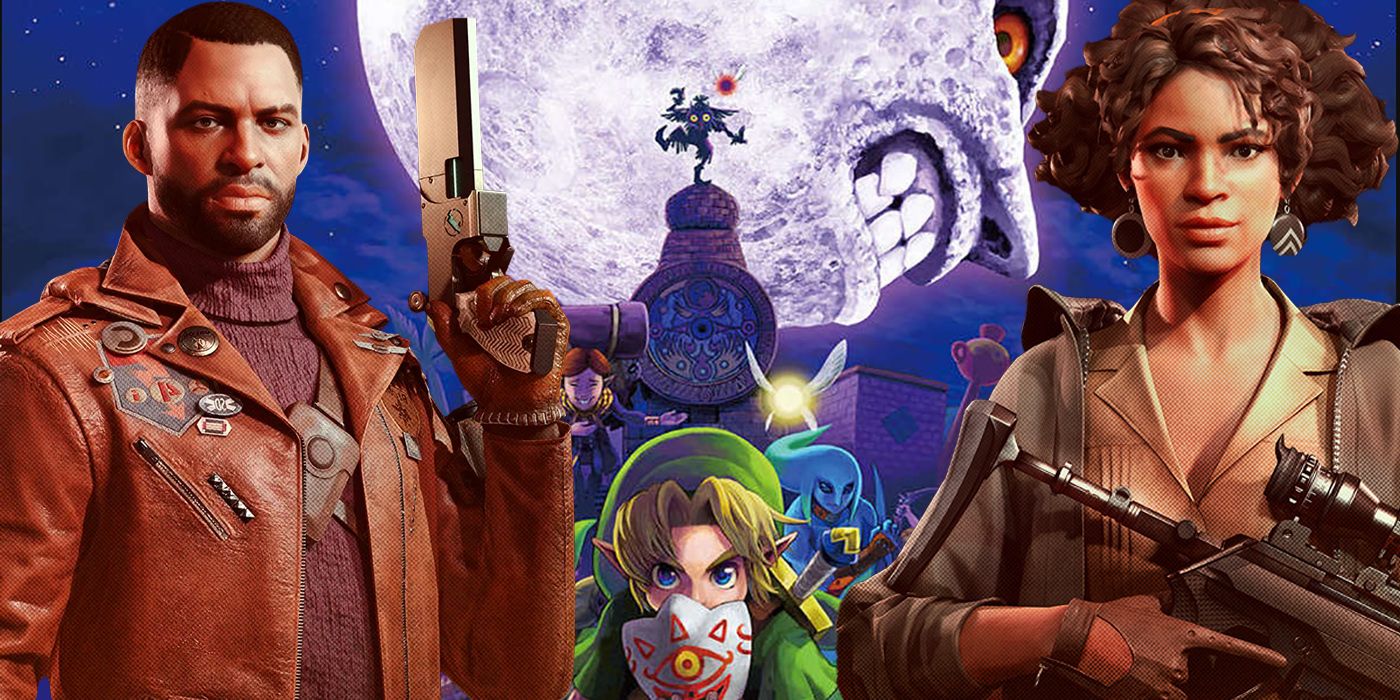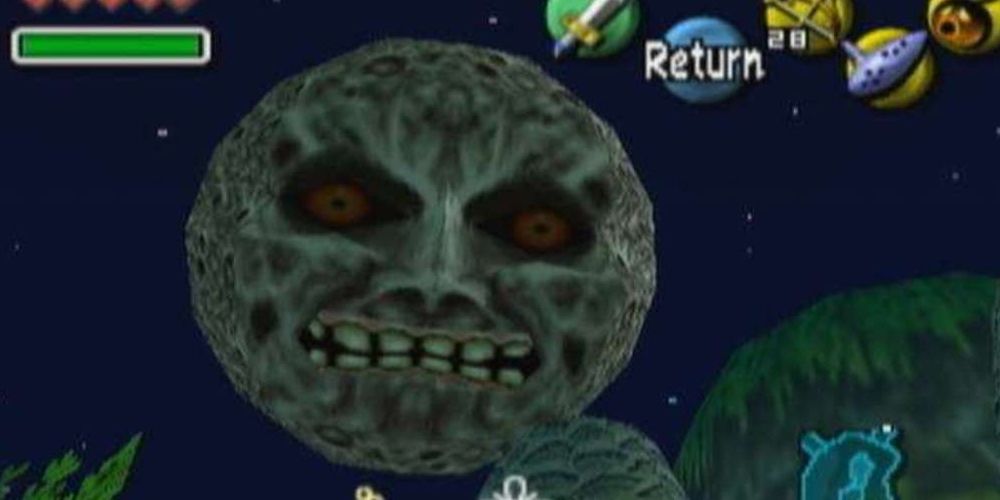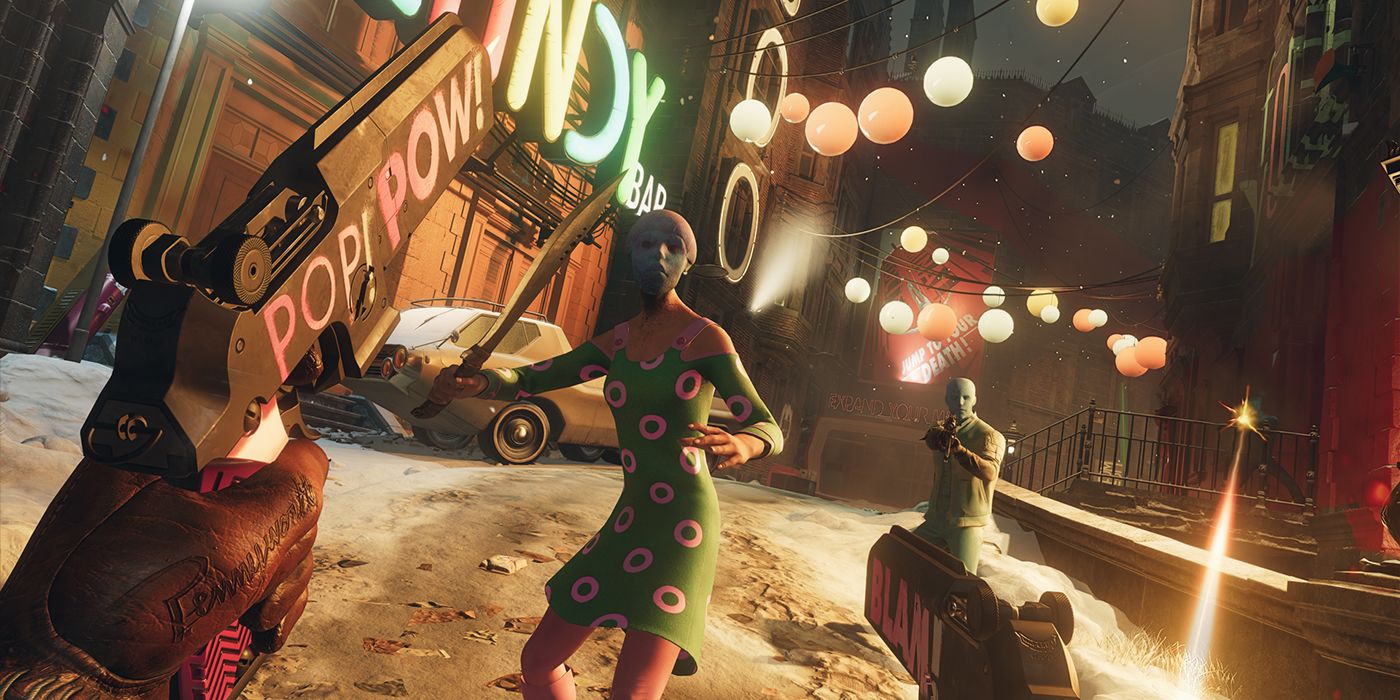The advent of games based on looping runs, or specifically time loops, seems to be at an all-time high. With recent releases like Hades and Returnal (moreso Returnal for the time loop) and upcoming releases like Deathloop, there seems to be time loops everywhere now. Of course, the concept isn't particularly new even if its popularity is, and there are plenty of older time loop games like Braid in 2008 or The Legend of Zelda: Majora's Mask in 2000.
The latter, because it is a Legend of Zelda game first and foremost, really helped popularize the time loop, and its impact within the franchise and this subgenre of sorts cannot be understated. However, games have moved away from its defining features from 2000, and while it's a bit on the nose and a tad obvious, the time loop is less restrictive in Deathloop than it is in Majora's Mask.
The Time Loop in Majora's Mask
The thing about time loops is how they use and/or manipulate time. Some runs are short that can be picked right back up after going away, while others emphasize real time. For the time loop in The Legend of Zelda: Majora's Mask, it emphasized real time to an extreme. In-game, players had 72 hours to do something tracked by an on-screen clock. In all actuality, it was about 54 minutes. Players could play the Song of Time to save progress and reset the timer, or they could even manipulate time with the Inverted Song of Time or the Song of Double Time. However, none of this prevented young players' frustrations as, for whatever reason, forgetting to do so brought down the moon and reset everything.
There is a bunch to do in Majora's Mask, and the imposition of a strict time limit on the time loop means that a lot of it was actually pretty hard. It was this nature that made it so popular, of course, but new time loop games have avoided limiting players in such a way.
The Time Loop in Deathloop
Deathloop is a prime example of a time loop moving away from time itself; after all, protagonist Colt's time loop sees himself starting every day with a severe hangover, trying to figure out and plan how to assassinate the visionaries, and dealing with rival Julianna Blake. In Deathloop, there are a few key areas that can be explored throughout the various loops: The Complex, Updaam, Fristad Rock, and Karl's Bay, each with a time variant of Morning, Noon, Afternoon, and Evening.
If real time likely mattered, players would enter The Complex at Morning and see the area cycle throughout it, Noon, Afternoon, and Evening without any sort of stoppage. This would make each run timed and more complex, but that would come at the cost of player freedom. As such, developer Arkane took an approach that made Deathloop's time loop work in a more gamified way.
Essentially, players can skip time periods to go exactly where they want or need to be, meaning each time loop or run can be tailored to specific goals. For those who do go broader, though, Deathloop players start the day in the morning, go wherever they want for however long they want, and it's when the player leaves the area that time changes. Translated to real world time for a simple explanation, players could spend 12 hours in Morning if they so chose, but time would not advance to Noon until they exited the area.
Death, rewinds, and more will obviously reset the time loop, with the player hopefully learning more about Deathloop's Visionaries and their current or next targets. However, given how time loops tend to work, Deathloop's approach is aimed at making players enjoy the time in each zone, not worry about how much time they have in the area.
Deathloop launches September 14 for PC and PlayStation 5.



